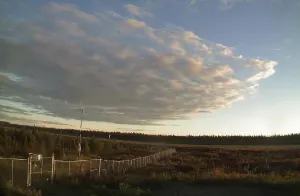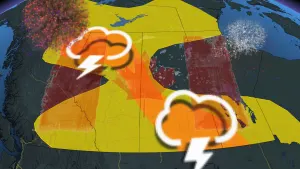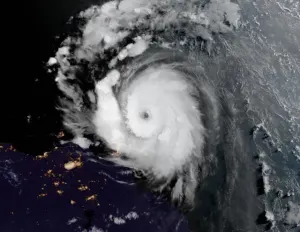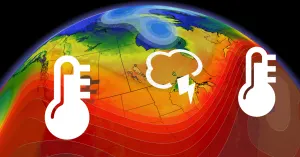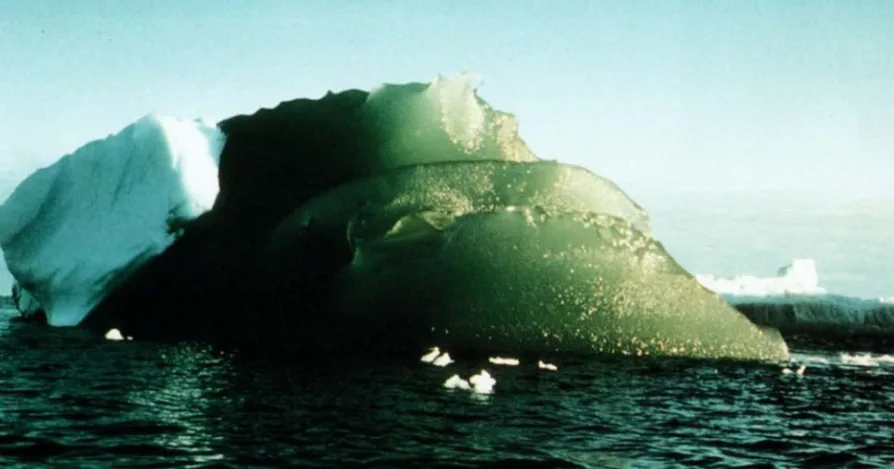
There are emerald icebergs floating in the Antarctic
The icebergs are stunning, and they may serve a purpose.
Icebergs come in a variety of shades and colours.
The most common are white and blue -- but there are also emerald ones.
The green ones remain somewhat of a mystery, but a recent study has come up with a working theory.
Australian researchers now suspect the colour may have something to do with iron oxides trapped in the ice.
The iron comes from rocks that are beneath the Antarctic ice sheet. They get crushed into a fine powder when glaciers move over them.
Spring is here! Check our official report to see what the season has ahead, plus get an EXCLUSIVE sneak peek at Summer 2019!
The iron oxidizes when it comes into contact with sea water, making the particles appear green when light shines through them.
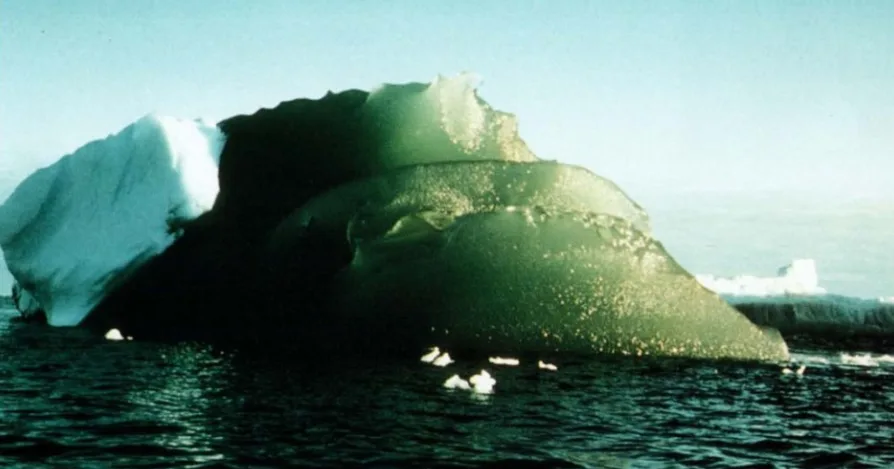
Image: AGU/Journal of Geophysical Research: Oceans/Kipfstuhl et al 1992
Researchers need to take more samples to confirm their theory -- but if they’re right, green icebergs may have an important role to play in the ecosystem.
Green icebergs are rare and can only be seen in specific areas of Antartica. It's now suspected they're helping transfer iron to areas where it is scarce.
VIDEO: STUNNING VIDEO OF CANADA'S FAVOURITE GLACIER
“There’s a lot of interest in where the iron [in the Southern Ocean] is coming from,” lead study author Steve Warren, a geophysicist from University of Washington, told Earther.
“If it can get into marine ice, these ‘bergs can travel hundreds of miles.”
Iron is an essential nutrient for the growth of phytoplankton, which is a food source for several animal species. Green icebergs may be helping life flourish in areas where it may not have otherwise existed.
“It’s like taking a package to the post office. The iceberg can deliver this iron out into the ocean far away, and then melt and deliver it to the phytoplankton that can use it as a nutrient,” Warren said in a statement.
The complete paper can be found online.







